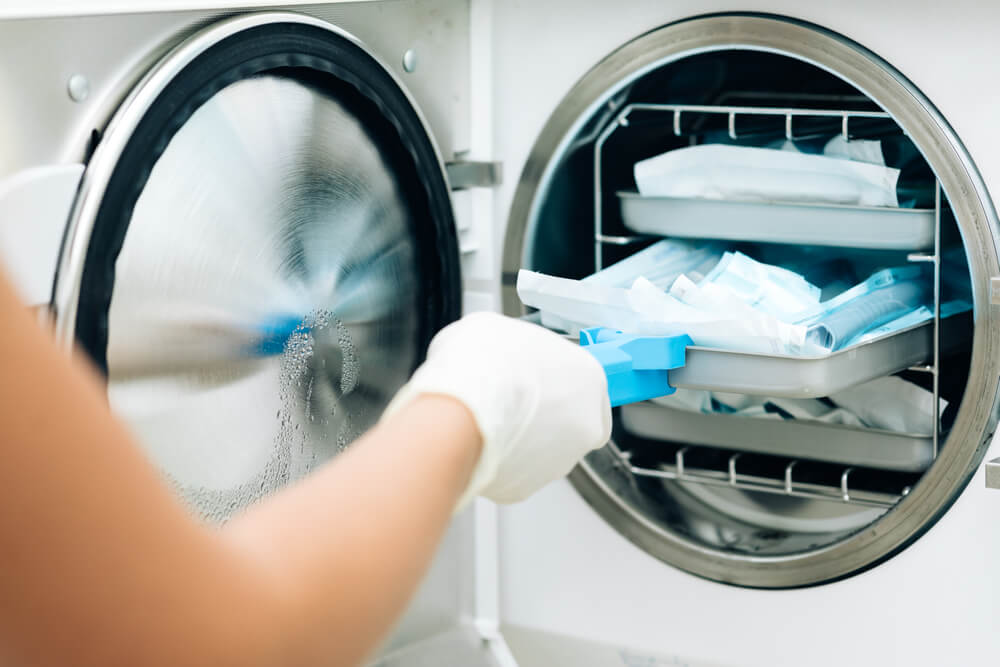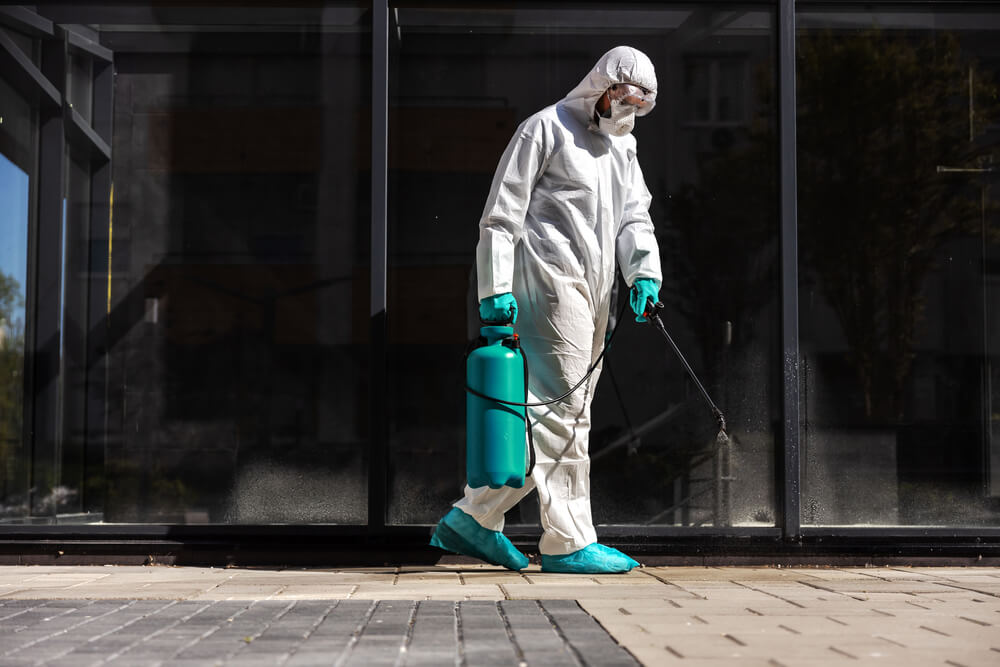
08 Sep The Importance of Chemical Indicators in Sterilization
As a working medical professional that is responsible for instrument cleaning and sterilization, there is nothing more important than knowing your space to work is clean and all tools are properly sterilized. The sterilization process may differ depending on what is being sterilized, but the general process stays the same.
Education about the sterilization process is crucial to ensure proper sterilization, and your surgical team is no exception. But often, as a busy medical professional, you don’t have the time or resources to commit to this type of education fully.
That’s why we want to outline the most important things to know about the sterilization process and how chemical indicators can be helpful in this process. And suppose you still feel you need more education and information on the sterilization process.
In that case, you can always hire one of our infection control consultants at Infection Control Results for a comprehensive plan and more education, whether you need infection control due to a breach in the dental office or simply want to be prepared in any healthcare environment. In addition to standard precautions, the sterilization process is vital for patient safety during surgeries and procedures.
The Sterilization Process
Before doctors or dentists can use a tool or medical instrument internally or externally on a patient, it must first be free from all germs This is achieved through the sterilization process.
Although there are several different types of sterilizers available, steam sterilization is the most common and least expensive type of sterilization. The three main types of steam sterilization cycles are gravity displacement and dynamic air removal (prevacuum and steam flush pressure pulse). Both of which are used frequently in the outpatient setting. .
Gravity Displacement Sterilization Process
The gravity displacement method of sterilization includes the admission of warm air into the top or side chambers of the chamber. Because steam is lighter than air, it will naturally push the heavier air out of the bottom and replace it with steam. Cycles in gravity displacement sterilizers will generally take longer than other types of cycles due to the nature of the mechanical process.
Dynamic Air Removal Sterilization Process

Chemical Indicators in the Sterilization Process
The sterilization process is essential, but this process would all be done in vain if it weren’t for chemical indicators telling us that sterilization parameters were met. The role of chemical indicators is to detect and monitor the sterilization process so that we, as healthcare professionals, can feel comfortable using them on our patients. Instrument packaging includes two types of chemical indicators, internal and external chemical indicators:
- Internal chemical indicators: Tell whether or not the sterilization process has reached the actual devices inside the packaging.
- External chemical indicators: Tell whether or not the packaging has been exposed to heat and if the instruments were properly heated.
The chemical indicators will change color whenever the sterilizing agent, in most cases, steam, has reached the proper parameters necessary to achieve a successful sterilization process.
The Parameters of Chemical Indicators
There are multiple types of chemical indicators, ranging from Type 1 to Type 6. The larger the number, the more sterilization parameters are monitored. A good example of a Type 1 chemical indicator is sterilization tape – after sterilization, brown diagonal lines appear across the tape. Type 1 chemical indicators are used to show that the item has been sterilized and are used on the outside of packages.
A Type 2 indicator is meant to be used for a specific test such as the Bowie-Dick test, which measures air removal (presence of a vacuum, essentially). Since steam flush pressure pulse sterilizers do not create a vacuum, a Bowie Dick test is not used in this type of sterilizer.
Type 3 indicators react to only one variable or parameter, while Type 4 will react to two or more sterilization parameters.
Type 5 indicators (integrating indicators) and Type 6 indicators (emulating indicators) react to all sterilization parameters. Currently, at least a Type 4 indicator should be used in all packages but a Type 5 is preferred since the indicator monitors more parameters. It is important to be sure the internal chemical indicator is intended for use in the type of sterilization method and cycles being used.
Biological Indicators and Spore Testing
Chemical indicators provide a quick indication of the success of a sterilization process. Still, in conjunction with this testing, we also need to be doing biological testing.
One form of biological testing is what we call spore testing. Spore testing is when biological indicators are inserted with highly-resistant, non-pathogenic bacteria spores to test the function of the sterilization process. With spore testing, we can double-check that bacterial spores cannot survive the agent used in the sterilization process.
Chemical Indicators and Their Significance in Sterilization

Since this process can be lengthy and gets rather complicated at times, contact Infection Control Results today to learn more about the sterilization process – we are ready and eager to guide you.
